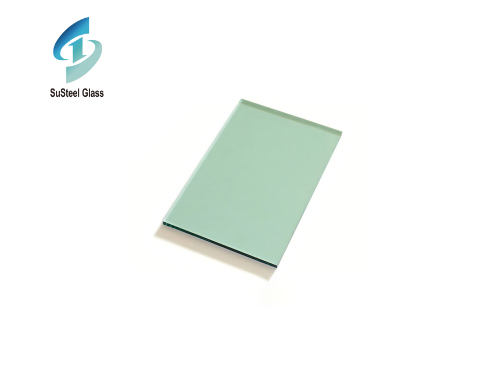
Radiation shielding glass is a specially designed glass that incorporates materials with high atomic numbers, such as lead, barium, and bismuth, to effectively attenuate and absorb radiation. This innovative technology offers numerous advantages over traditional shielding methods. One notable advantage is its transparency, allowing for clear observation and monitoring of processes without compromising safety. This feature is particularly crucial in medical settings, where visual clarity is vital for accurate diagnosis and treatment.
Furthermore, radiation shielding glass provides a more versatile and flexible solution, as it can be easily integrated into various architectural designs. This versatility enables its application in a wide range of settings, including radiology departments, laboratories, and even residential buildings near nuclear facilities. By incorporating radiation shielding glass into the design, architects and engineers can seamlessly merge safety measures with aesthetics, creating a harmonious and secure environment.
Another significant benefit of radiation shielding glass is its durability and longevity. Unlike traditional shielding materials that may degrade over time, radiation shielding glass maintains its effectiveness and structural integrity for extended periods. This long-lasting capability reduces the need for frequent maintenance and replacement, resulting in cost savings and increased operational efficiency.
Moreover, radiation shielding glass offers protection against multiple forms of radiation, including X-rays, gamma rays, and beta particles. This comprehensive shielding capability ensures that individuals working or residing in shielded areas are safeguarded from a wide spectrum of radiation hazards. It contributes to reducing the risks associated with long-term exposure and lowers the potential for radiation-related health complications.
While radiation shielding glass represents a significant advancement in safety measures, it is important to acknowledge its limitations. Although effective in attenuating radiation, it may not provide complete protection against extremely high doses or specific types of radiation, such as neutron radiation. In such cases, additional professional shielding measures may be necessary.
In conclusion, radiation shielding glass has emerged as a groundbreaking solution in the field of radiation safety. With its transparency, versatility, durability, and comprehensive shielding capabilities, it has become a preferred choice in various industries. As technology continues to advance, further improvements in radiation shielding glass are anticipated, offering even more robust protection against radiation exposure. This innovative development brings us closer to a future where safety and progress coexist, ensuring the well-being of individuals and the preservation of our environment.
 Exploring the World of Green Tinted Glass Products: Versatility and Sustainability
Exploring the World of Green Tinted Glass Products: Versatility and Sustainability
 Exploring the Versatility and Elegance of Custom Thick Glass
Exploring the Versatility and Elegance of Custom Thick Glass



